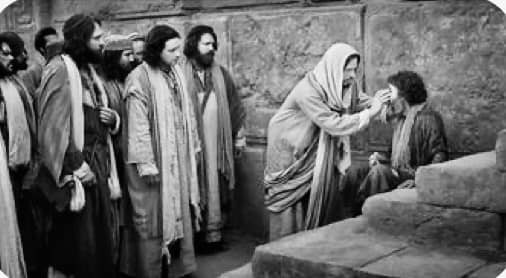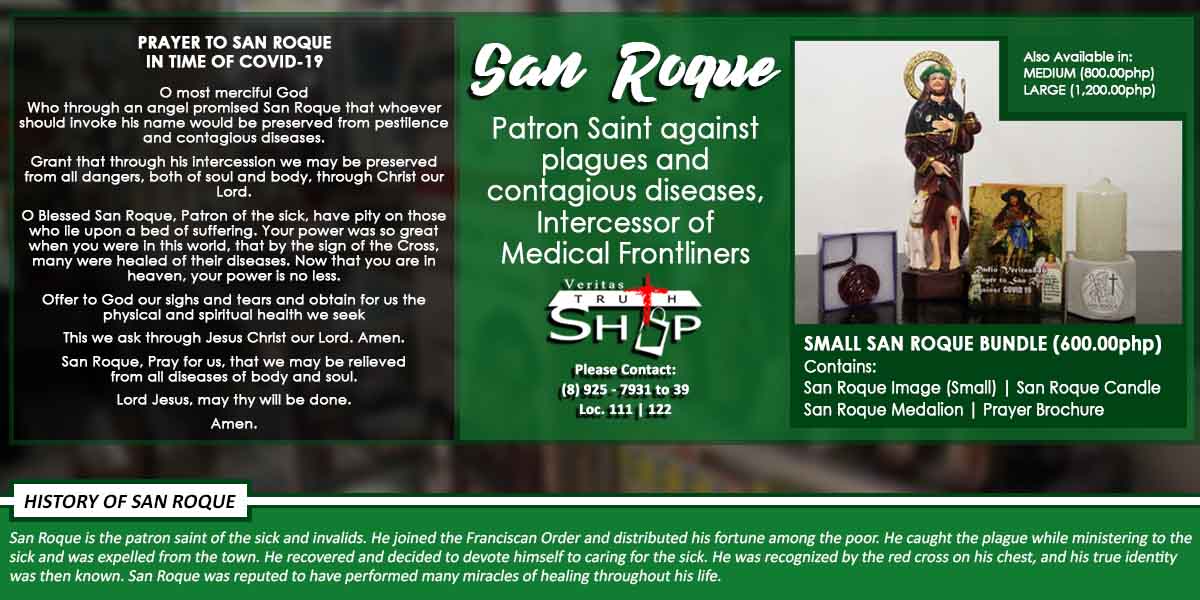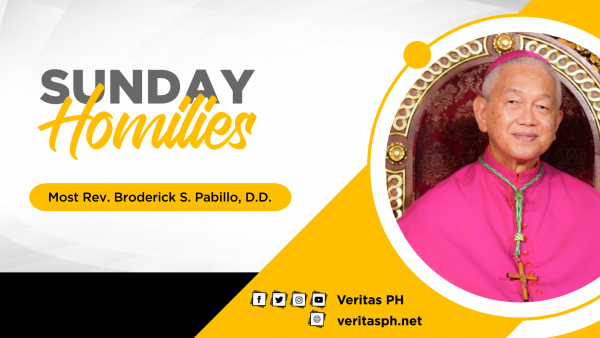422 total views
4th Sun Lent A

There is no other story in the gospel of John that is so closely knit and with consummate artistry and dramatic skill as this story of the healing of the man born blind (9:1-41). Just outlining it shows all that: vv1-5 Setting; vv6-7 Miraculous Healing; Interrogations of the Blind Man: vv8-12 by neighbors and acquaintances; vv 13-17 by the Pharisees; vv18-23 by the Jews questioning the parents: vv24-34 second interrogation by the Jews; vv35-41 Jesus leads the blind man to that spiritual sight which is faith while Pharisees, in turn, are hardened in blindness.
From the story the word “typhlos” (τυφλὸς) first refers to physical blindness (vv1-32; in OT, cf Pentateuch, e.g. Ex 4:11; Lev 19:14; Dt 27:18; in the gospels where blind men experienced healing at the hands of Jesus- Mt 9:27, 20:30; Mk 8:22; Lk 18:35). Later in the story it indicates blindness in the figurative sense, meaning spiritual dullness and hardness of heart (v35f; cf Prophets- Is 42:18, 56:10, 59:10; Zep 1:17; Jer 31; and in NT, Rom 2:19; 2 Pt 1:9, Rev 3:17; in Mt 23:14, this particularly refers to the hypocritical, self-righteous Pharisees being blind.
The story focuses on the single affirmation that Jesus is the light of the world (v5, cf 8:12). To come to him in faith is to accept the light, to reject him is to embrace the darkness (cf 1:3-11). The blind man symbolizes the alienated person without faith to whom Christ comes as the Savior. As the narrative unfolds the blind man who earlier received his physical sight (vv6f) grows into his spiritual vision through his recognition of Jesus. To his inquisitors, he responds that his healer was “the man called Jesus”(v11), “a prophet”(v17), “a man from God”(v33), “son of man” (v35-38). Finally, Christ is recognized and worshipped as Lord (v38). On the other hand, the Pharisees claim to have “sight” (vv40f). As teachers of Israel, they have knowledge of the scriptures and theological skills. Yet their “sight” leads them into ever deeper darkness. Their identification of Jesus is in strong contrast with that of the blind man.
This drama of parallel cross-passage from blindness to sight and from “sight” to blindness receives the definitive sentence of Jesus in the end (v41). Those truly blind without faith but open to Jesus are far better off than those with “sight” who are actually in darkness and sin and yet fail to recognize it and stubbornly hold in their certainty that they have the truth. As the saying goes “There are none so blind as those who will not see”. Physical blindness would be understandable and preferable for Jesus, to the willful metaphorical blindness of those who refuse to believe in Him. As Christians, we are all called to light, to sight, to truth. And so we pray “May the Lord Jesus touch our eyes…that we may see in visible things those which are invisible”, (prayer of Origen c.185-253).















